Gas Fireplace Blower Installation
Installing a gas fireplace blower is a valuable upgrade that can significantly enhance the efficiency and comfort of your fireplace. A blower is a fan system that helps distribute the heat generated by your gas fireplace throughout the room more evenly. Without a blower, much of the heat produced by the fireplace tends to remain near the unit itself, warming the area immediately around it but not effectively heating the larger space. With a blower, the warm air is circulated, which can help reduce energy costs and make your heating system more effective. This installation process can typically be done as a DIY project, but it’s essential to follow the manufacturer’s instructions carefully and to understand the specifics of your fireplace model to ensure proper installation.
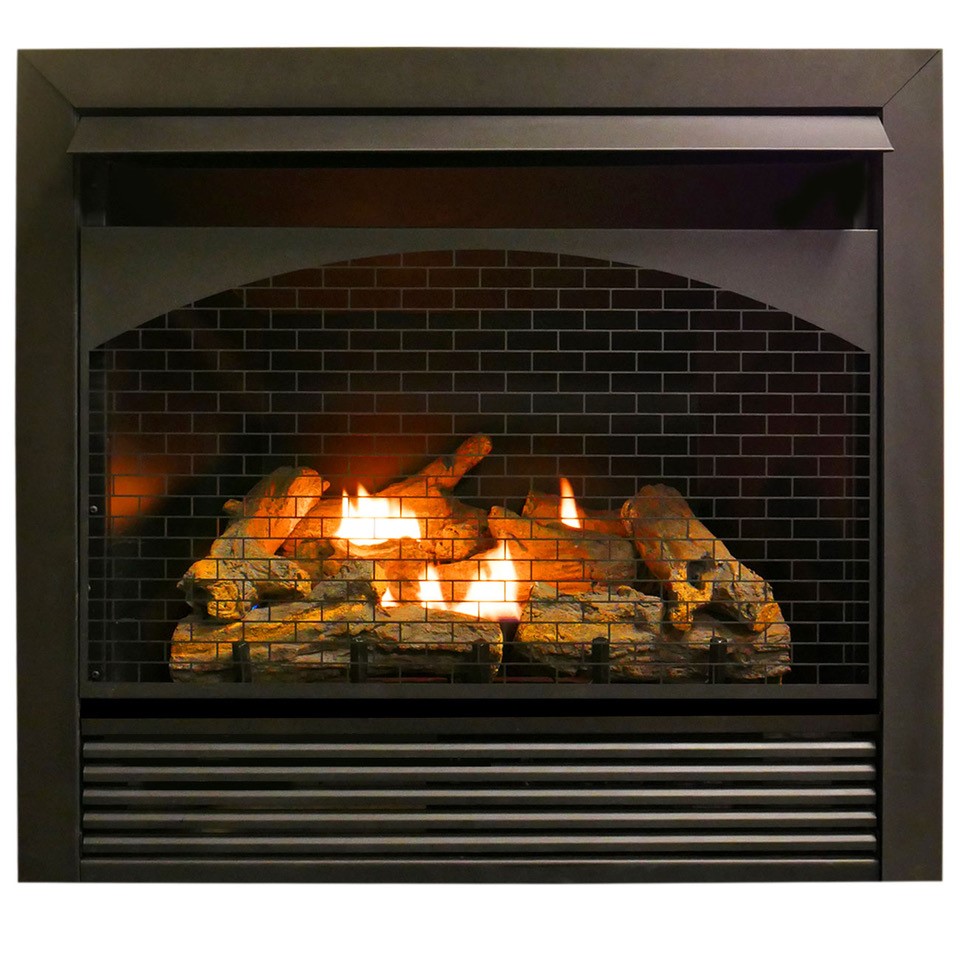
The first step in installing a gas fireplace blower is to gather the necessary tools and equipment. Most blower kits will include the blower itself, mounting brackets, wiring harnesses, and sometimes a thermostat or variable speed control. However, you’ll also need a few additional tools such as a screwdriver, pliers, wire strippers, and possibly a drill, depending on your setup. Before you begin, turn off the gas supply to the fireplace and disconnect the electricity to the unit for safety. Once you’ve ensured that the power and gas are off, you can remove the fireplace’s front panel or access cover to expose the interior where the blower will be installed. Carefully inspect the area where the blower will be mounted to ensure there’s enough clearance and that there are no obstructions.

After ensuring the space is clear, the next step involves positioning the blower in the designated area, usually under the firebox or behind the fireplace. Most blowers come with mounting brackets that attach directly to pre-drilled holes inside the fireplace. If there are no pre-drilled holes, you may need to create them with a drill, depending on your fireplace model. Secure the blower with the brackets and ensure it’s tightly mounted to avoid any rattling or movement during operation. Once the blower is mounted, connect the wiring harness to the blower motor and to the fireplace’s electrical system. If the kit comes with a thermostat, follow the instructions to install it as well, ensuring that the wires are correctly connected to control the blower’s activation based on temperature. Some units also come with a rheostat or variable speed control, allowing you to adjust the blower speed according to your preferences.

The final steps in the installation process involve testing and calibrating the blower. Turn the electricity and gas back on, and light the fireplace to see if the blower kicks on as it should. Most blowers have a delay switch that causes them to activate only after the fireplace has reached a certain temperature, so you may need to wait a few minutes for the blower to start. Once the blower is running, listen for any unusual sounds, such as rattling or vibrations, which could indicate that it’s not mounted securely or that there’s an obstruction in the blower’s path. Adjust the blower’s speed if your system includes a rheostat to find the most comfortable setting. Regular maintenance, such as cleaning dust from the blower and inspecting the wiring, will help ensure long-lasting performance.

Fireplace Blower Kit Installation

Unique Gas Fireplace Blower Installation Fireplace Ideas
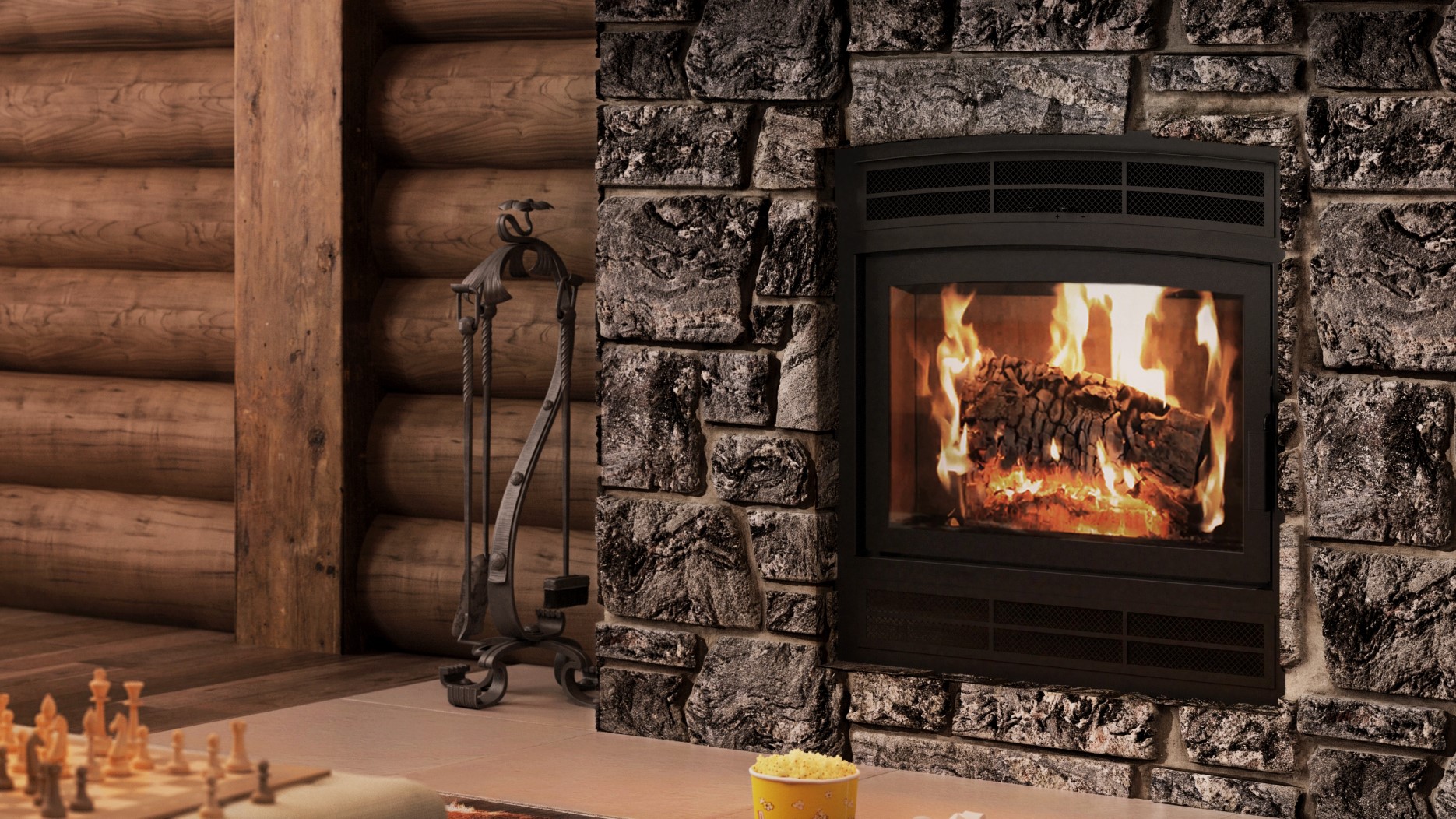
Fireplace Blower Kit Installation

12 Unique Gas Fireplace Blower Installation Fireplace Ideas
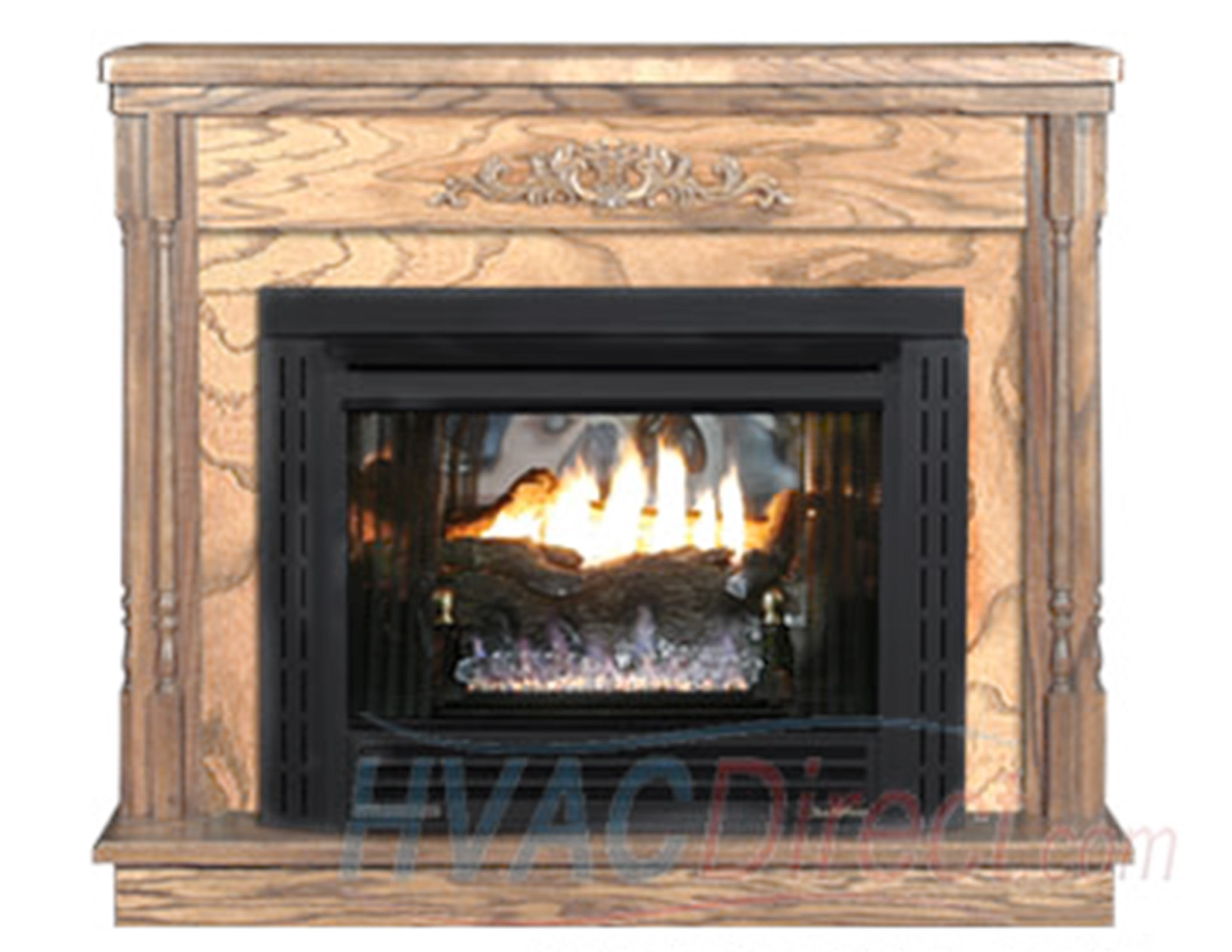
Lennox Gas Fireplace Blower Home Design Ideas

12 Unique Gas Fireplace Blower Installation Fireplace Ideas
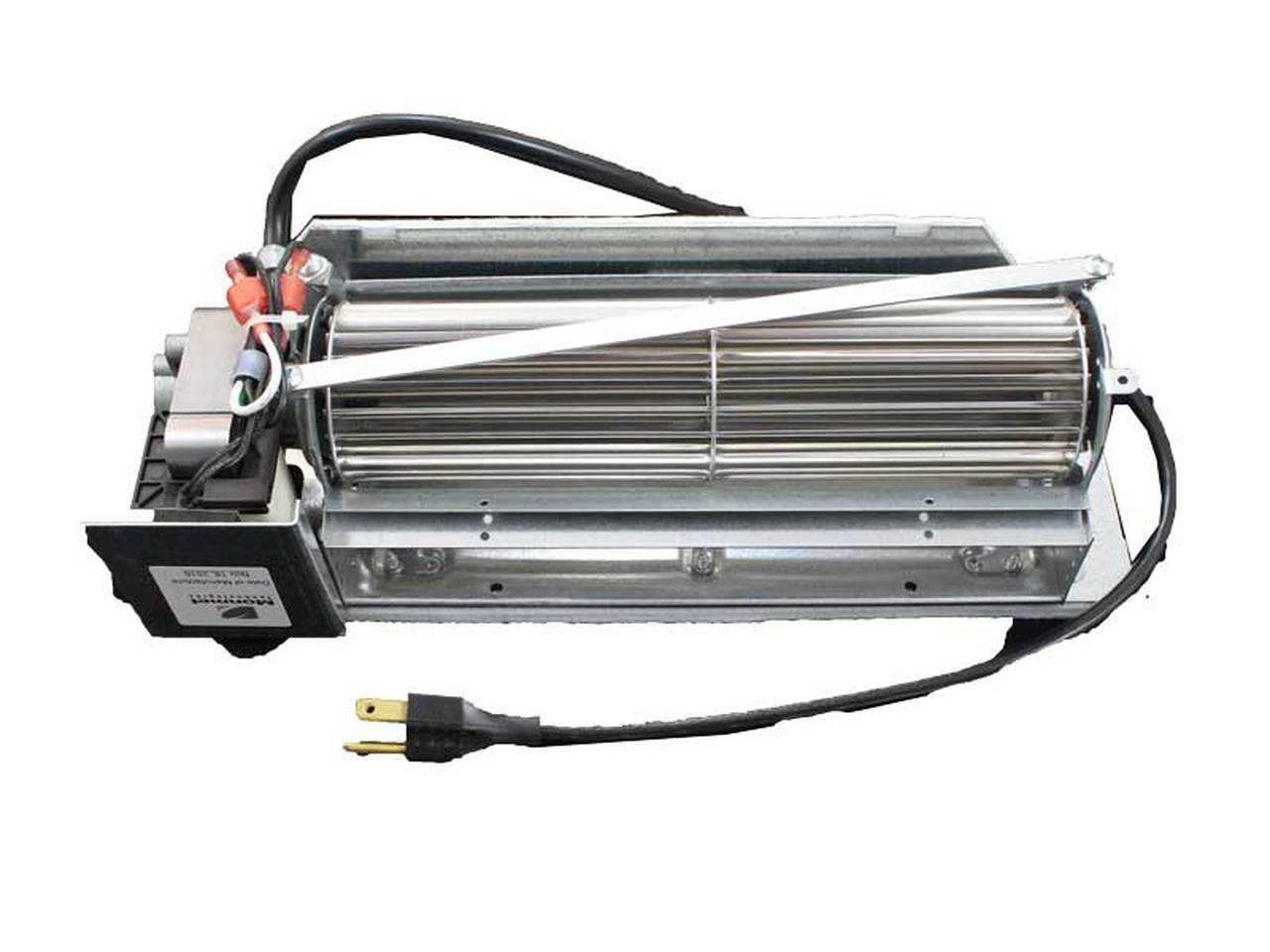
Noisy Gas Fireplace Blower? Here’s How to Replace it (DIY) Family Handyman
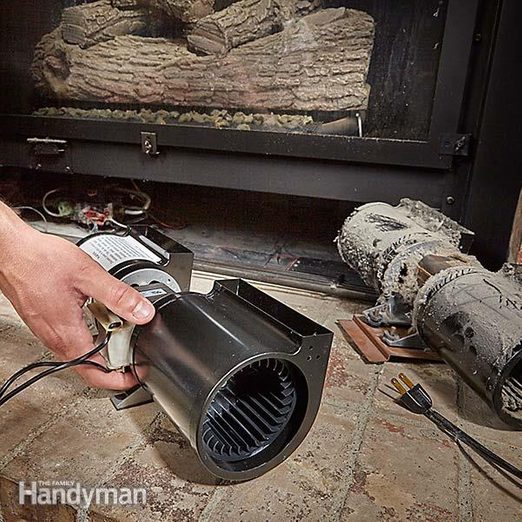
How Does A Wood Burning Fireplace Blower Work

Continental Gas Fireplace Blower Kit – Fireplace Guide by Linda
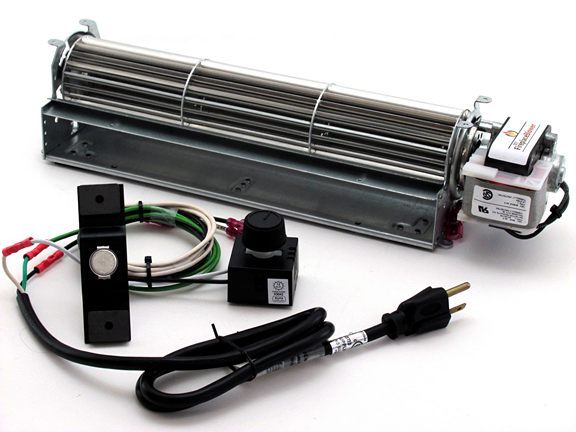
Gas Fireplace Fans Blowers Calgary • Cabinet Ideas
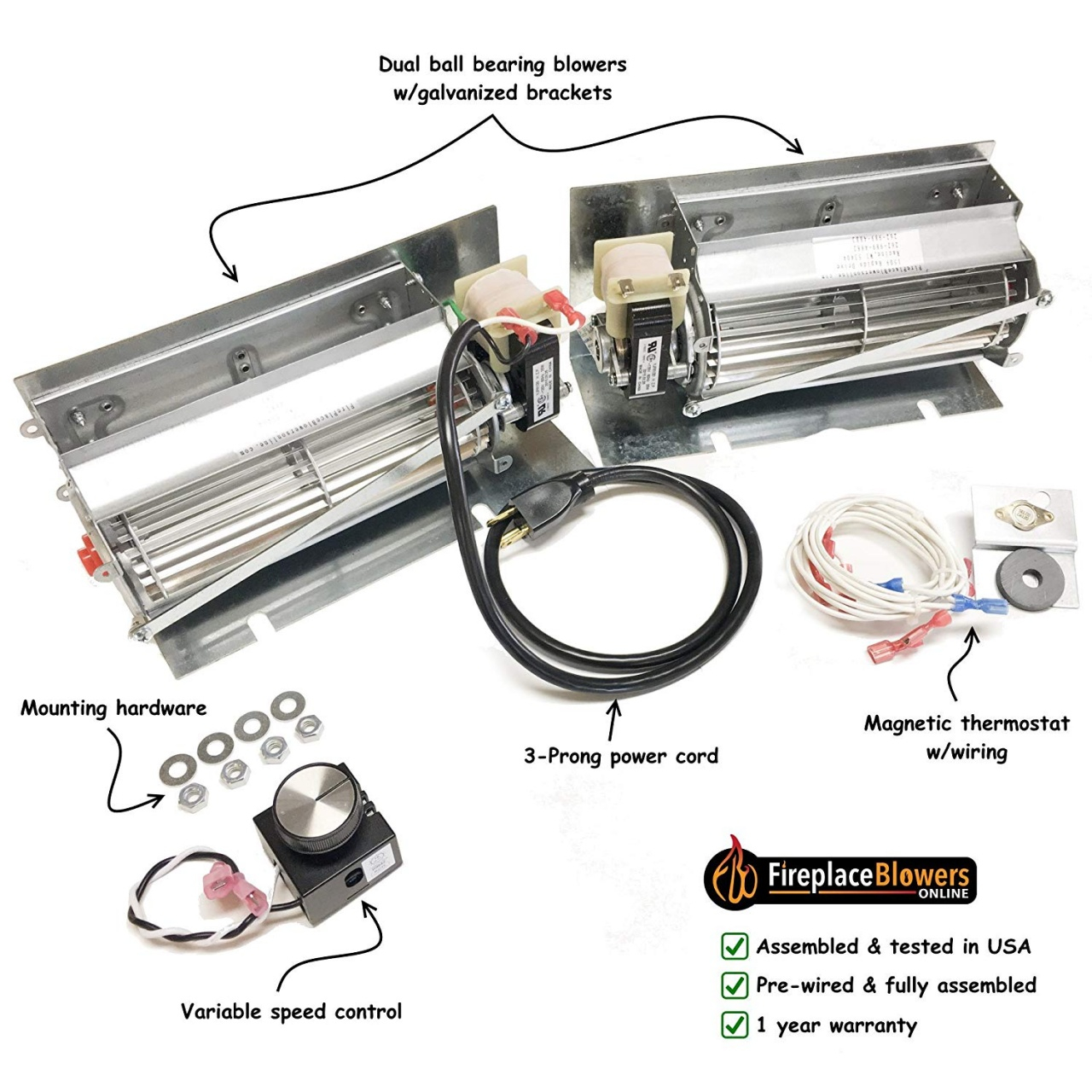
Related Posts:
- Gas Fireplace Cabinets
- Gas Fireplace Vent Requirements
- Ventless Gas Fireplace Stoves
- Gas Fireplace Heat Output
- Outdoor Gas Fireplace Insert Kits
- Gas Fireplace No Pilot Light
- Gas Fireplace Burner Replacement
- Gas Fireplace Not Heating Room
- Gas Fireplace Leak Repair
- How To Remove Gas Fireplace Glass
Gas fireplaces are a popular choice for homeowners looking to add warmth and ambiance to their homes. One way to enhance the efficiency and effectiveness of a gas fireplace is by installing a blower. A gas fireplace blower is a device that helps to distribute heat more evenly throughout a room, providing added comfort and reducing energy costs. In this guide, we will discuss the benefits, pros and cons, common mistakes to avoid, and frequently asked questions related to gas fireplace blower installation.
Benefits of Gas Fireplace Blower Installation
One of the primary benefits of installing a gas fireplace blower is improved heat distribution. Without a blower, heat from the fireplace tends to rise directly up towards the ceiling, leaving the lower portion of the room cooler. A blower helps to circulate this heat throughout the room, ensuring that every corner stays warm and comfortable.
Another benefit of a gas fireplace blower is increased energy efficiency. By distributing heat more evenly, a blower can help reduce the overall load on your heating system, potentially leading to lower energy bills. Additionally, some gas fireplace blowers come with adjustable speed settings, allowing you to control the amount of heat being distributed based on your preferences.
Pros and Cons of Gas Fireplace Blower Installation
One advantage of installing a gas fireplace blower is that it can help extend the lifespan of your fireplace by preventing overheating. By efficiently circulating heat, a blower can reduce the wear and tear on internal components, leading to fewer maintenance issues over time.
On the other hand, one potential drawback of installing a gas fireplace blower is the initial cost. While the long-term energy savings can offset this expense, some homeowners may find the upfront investment prohibitive. Additionally, installation can be complex and may require professional assistance, adding to the total cost.
Common Mistakes to Avoid
When installing a gas fireplace blower, it is important to avoid certain common mistakes that could compromise its effectiveness or safety. One common mistake is failing to properly size the blower for your specific fireplace model. Choosing a blower that is too small may not provide enough circulation, while opting for one that is too large can create excess noise and vibration.
Another mistake to avoid is installing the blower in an incorrect location. Placing the blower too close to the flame or in an area with limited airflow can lead to overheating and potential damage. It is essential to follow manufacturer guidelines and consult with a professional if you are unsure of where to position the blower.
Can I install a gas fireplace blower myself?
While some homeowners may have experience with DIY projects, it is recommended to consult with a professional for gas fireplace blower installation due to potential safety hazards and complex wiring requirements.
How often should I clean my gas fireplace blower?
Regular maintenance is essential for optimal performance. It is recommended to clean your gas fireplace blower at least once a year or as advised by the manufacturer.
Are there any safety considerations when using a gas fireplace blower?
It’s crucial to follow all safety guidelines provided by the manufacturer and have your fireplace inspected regularly by a professional technician.
Will installing a gas fireplace blower void my warranty?
In most cases, adding a compatible blower should not void your warranty as long as it does not interfere with other components or alter the original design of the fireplace.
Installing a gas fireplace blower can offer numerous benefits such as improved heat distribution and energy efficiency. However, it’s essential to consider both the pros and cons before making this investment and avoid common mistakes that could compromise performance or safety. By following proper installation guidelines and regular maintenance practices, you can enjoy enhanced comfort and warmth in your home while maximizing energy savings. Overall, a gas fireplace blower can be a valuable addition to your home heating system. By understanding the benefits, pros and cons, common mistakes to avoid, and frequently asked questions related to installation, you can make an informed decision about whether a blower is right for your gas fireplace. Remember to consult with professionals for installation and maintenance to ensure optimal performance and safety. With proper care and attention, a gas fireplace blower can enhance the comfort and efficiency of your heating system for years to come. Installing a gas fireplace blower can be a great way to improve the efficiency and effectiveness of your fireplace. By distributing heat more evenly throughout the room, you can increase comfort and potentially reduce energy costs. However, it’s important to carefully consider the benefits, pros and cons, and potential mistakes to avoid before making this investment.
Seeking professional assistance for installation is recommended due to safety concerns and complex wiring requirements. Regular maintenance, such as cleaning the blower annually, is essential for optimal performance. Following manufacturer guidelines and safety considerations are crucial to ensure the safe operation of your gas fireplace blower.
A gas fireplace blower can be a valuable addition to your heating system, offering improved heat distribution and energy efficiency. By understanding the key points discussed in this guide, you can make an informed decision about whether a blower is right for your home. Remember to prioritize safety and proper maintenance practices to maximize the benefits of your gas fireplace blower for years to come.